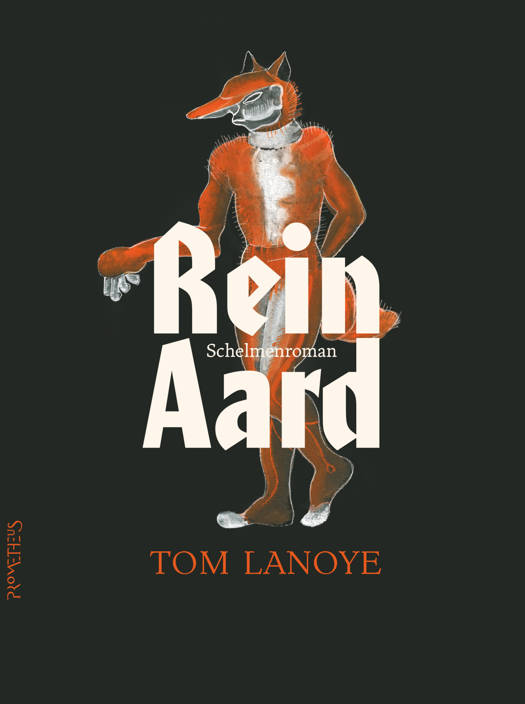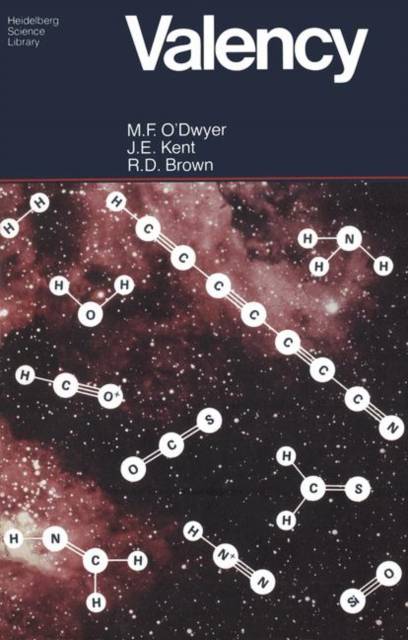
- Afhalen na 1 uur in een winkel met voorraad
- Gratis thuislevering in België vanaf € 30
- Ruim aanbod met 7 miljoen producten
- Afhalen na 1 uur in een winkel met voorraad
- Gratis thuislevering in België vanaf € 30
- Ruim aanbod met 7 miljoen producten
Zoeken
€ 83,95
+ 167 punten
Omschrijving
This book was written after one of us published two editions of a smaller book (Atomic Structure and Valency by R. D. Brown, 1961 and 1966) and from the experiences of all three of us teaching a first-year university course in valency at Monash University. Our object has been to give enough of an historical introduction to quantum mechanics to enable a student to grasp the fundamental ideas without being subjected to much mathematical formalism. We have also tried to avoid making erroneous statements in the interest of simplicity (e. g" the widespread tendency to ignore the difference between 2Pl, 2po, 2p-l and 2px, 2py, 2p z) because these lead to irritation and confusion of the better students, when they proceed to further studies of chemical quantum mechanics. The topics we have chosen to expand upon-i. e., energy levels of electrons in atoms, energetic considerations of bonding in diatomic molecules, and packing of ions in the simplest solid state structures- we believe form a good basis for students to progress to more complicated systems in a qualitative way. Both space and the intended level ofthe book have necessitated that the experimental section on spectroscopic and diffrac- tion methods be very introductory. Again we believe that it is essential for a student to have some acquaintance with this, if the whole subject is to have a firm basis.
Specificaties
Betrokkenen
- Auteur(s):
- Uitgeverij:
Inhoud
- Aantal bladzijden:
- 251
- Taal:
- Engels
- Reeks:
Eigenschappen
- Productcode (EAN):
- 9780387902685
- Verschijningsdatum:
- 24/05/1989
- Uitvoering:
- Paperback
- Formaat:
- Trade paperback (VS)
- Afmetingen:
- 152 mm x 229 mm
- Gewicht:
- 358 g

Alleen bij Standaard Boekhandel
+ 167 punten op je klantenkaart van Standaard Boekhandel
Beoordelingen
We publiceren alleen reviews die voldoen aan de voorwaarden voor reviews. Bekijk onze voorwaarden voor reviews.











